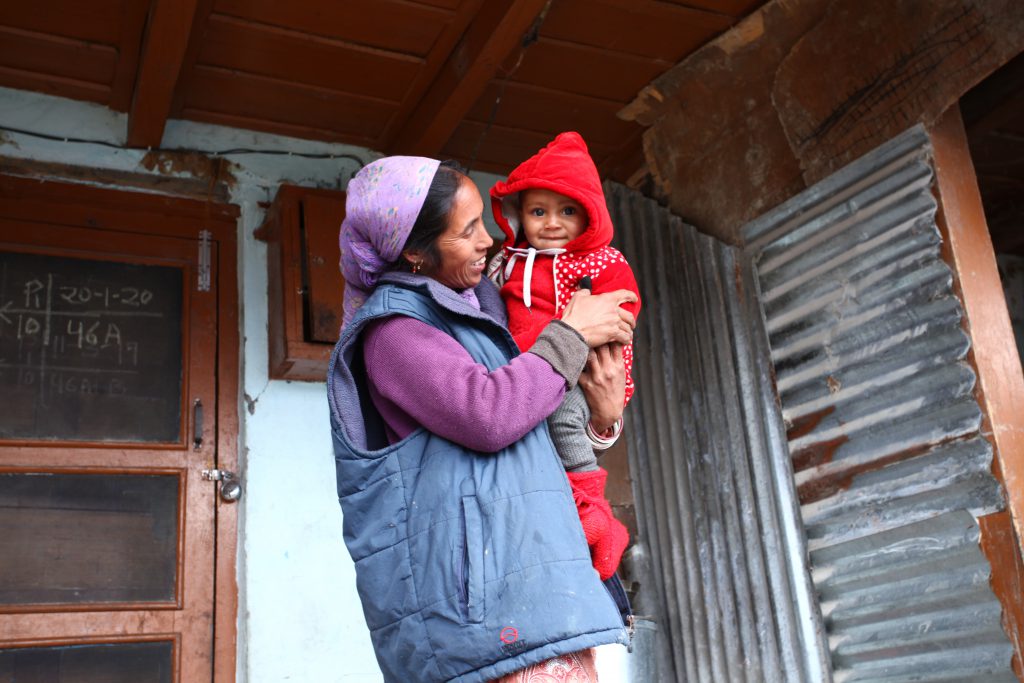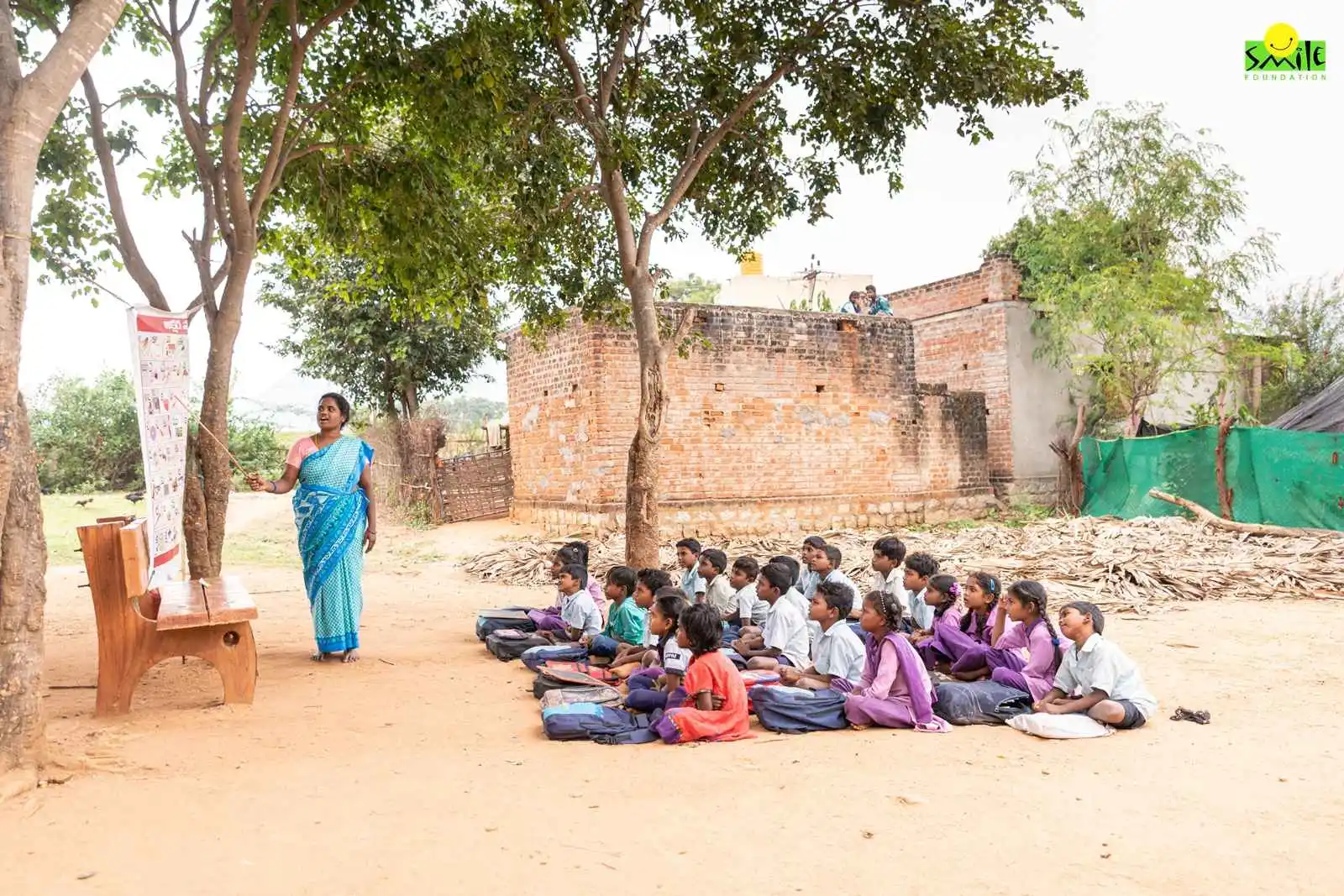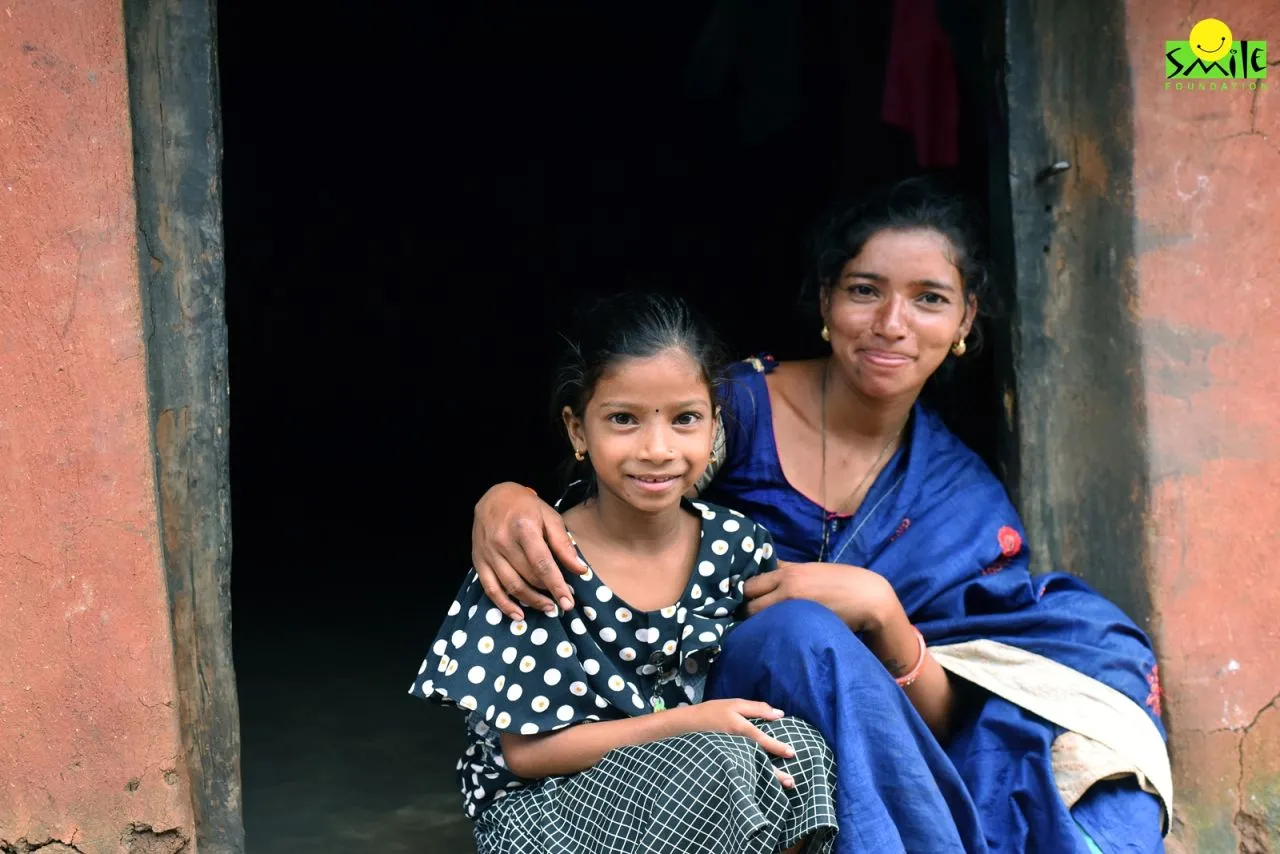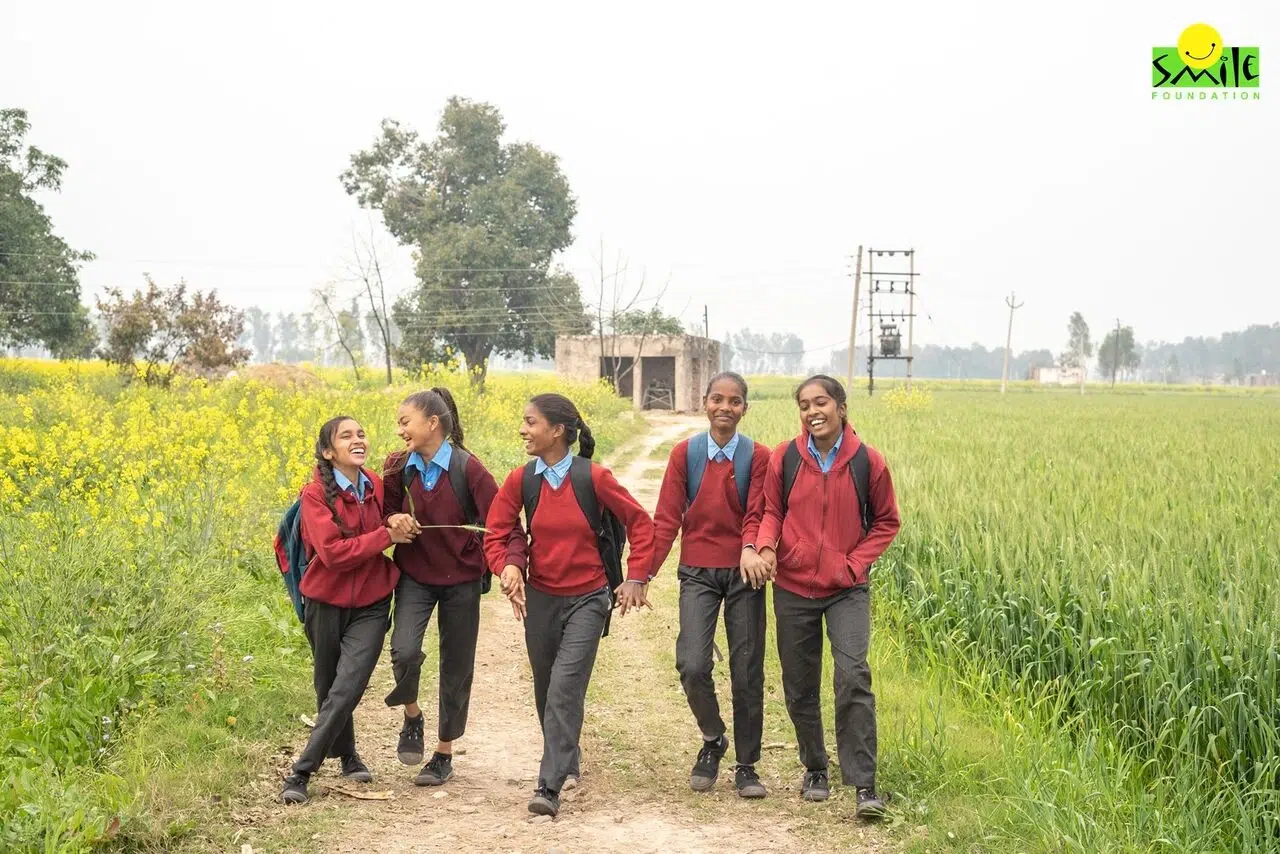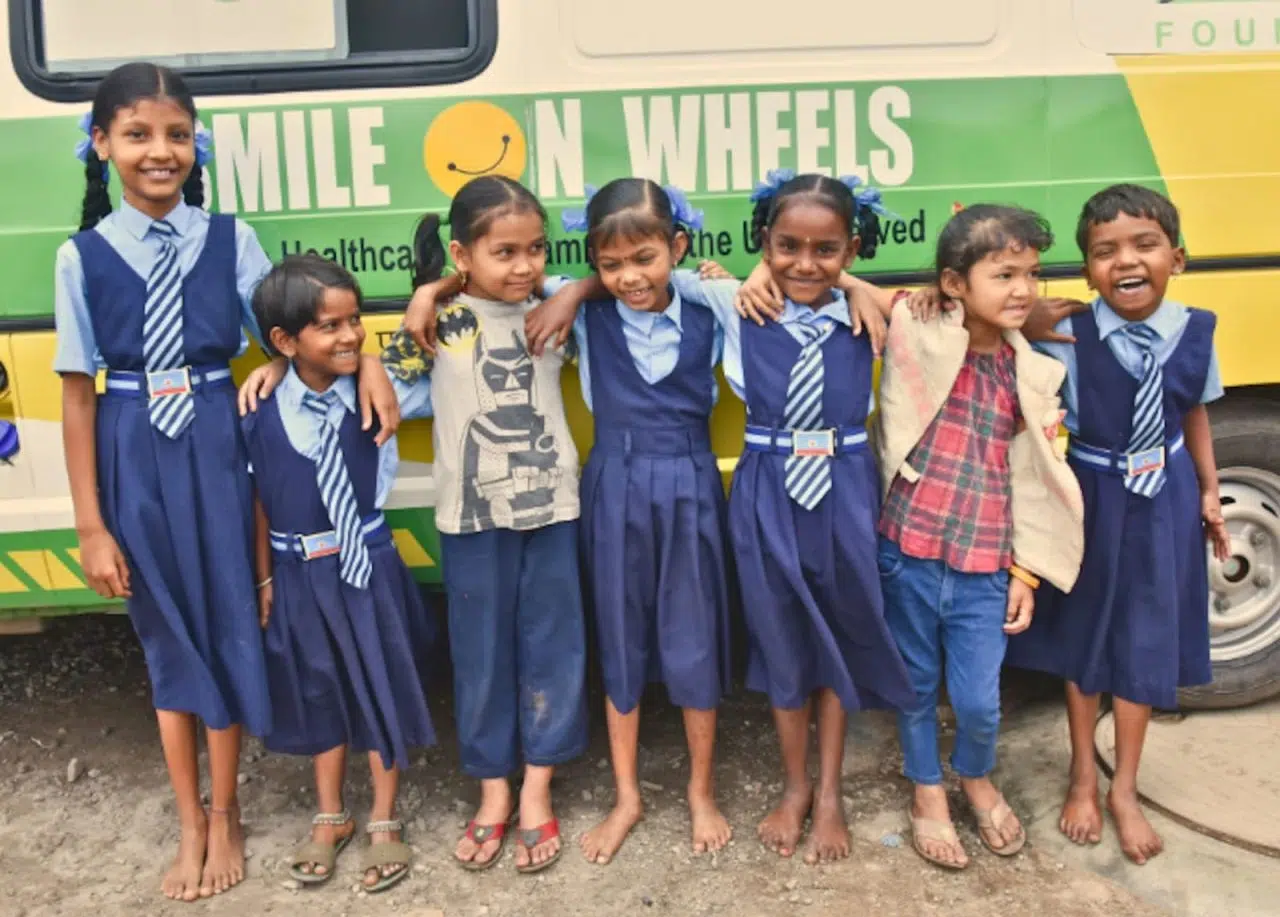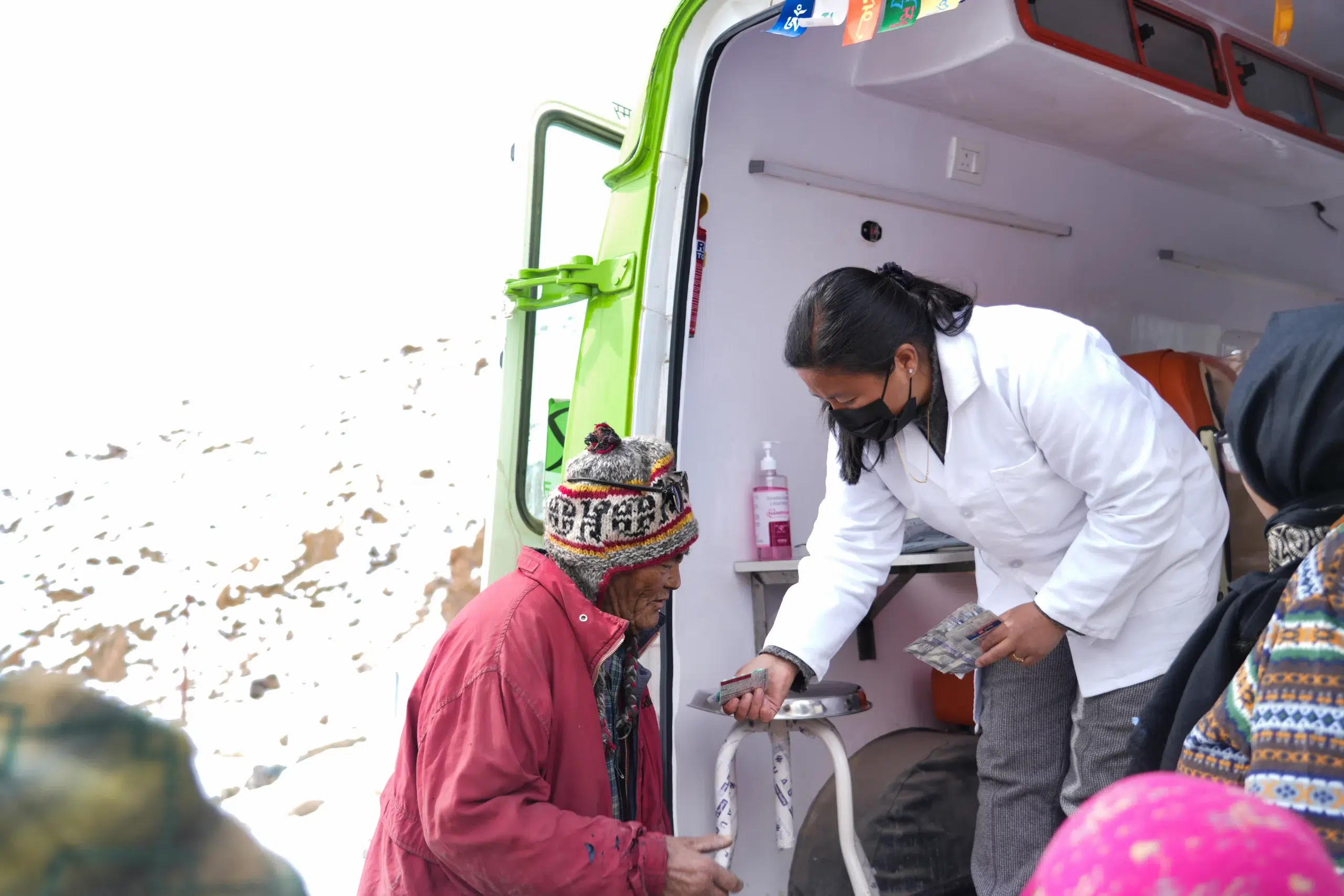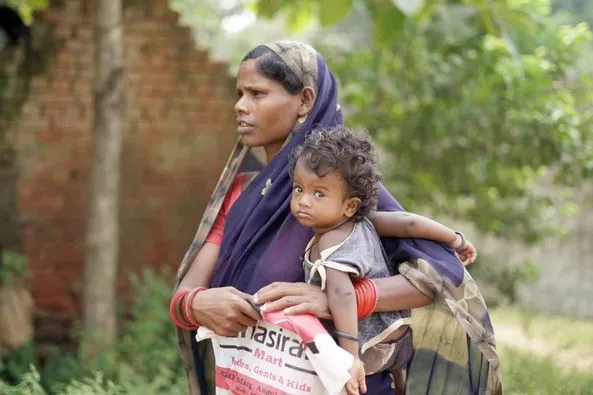Recently the global population hit the 8 billion mark, the latest billion having been added during the last 12 years. India had the largest contribution of 177 million people to this most recent billion against 73 million people added by China. The United Nations Population Fund projects India to surpass China as the world’s most populous country in 2023.
As much as the rapid growth of population in India has been a cause of concern over the last few decades, there is finally some sense of relief with India’s Total Fertility Rate going below the Replacement Fertility Rate indicating population stabilization. However, challenges are still galore with respect to awareness and autonomy of sexual and reproductive health in India.
According to the State of World Population report 2022, almost 50% of the pregnancies in India are unintended, over 60% of which end in abortion. Further, 45% of such abortions are unsafe and closely linked to high Maternal Mortality Rates (MMR) in India. Lack of agency, resources and awareness of sexual and reproductive healthcare is primarily responsible for this situation.
Estimates show 2.4 million Indian women interested in avoiding pregnancy with an unmet need for modern contraception. All this calls for immediate attention, discussion and action to bridge the gaps in reproductive healthcare in India. We delve into the details here:
What is Reproductive Health?
The WHO defines Reproductive Health as “a state of complete physical, mental and social well-being and not merely the absence of disease or infirmity, in all matters relating to the reproductive system and to its functions and processes.” It further says that reproductive health not only includes the safety and contentment of sex life but also refers to the ability of people to reproduce and the autonomy to decide if, when and how frequently to do so.
Types of Reproductive Health
Types of reproductive health encompass the health of male and female reproductive system at different stages of life and all biological processes that are linked with reproduction. The main components of reproductive health could be identified as follows:
Adolescent Health
With the onset of puberty in adolescence, both boys and girls experience transition in their physical and psychological development. Menstrual cycle is a complex process that starts in girls at this time along with change in bodily features.
Boys also experience change in their reproductive organs, physical appearance and voice. Adapting to these changes in their body and mind can be challenging if they do not find right guidance and support.
Sexual Health
This requires a dignified approach to sexuality and sexual relationships and scope of having pleasurable and safe sexual experiences free from coercion, violence and discrimination.
Maternal Health
This refers to health of women during pregnancy, childbirth and postnatal period. Maternal health is closely associated with sexual and reproductive health of women and also with the health and well-being of the child.
What are the Problems of Reproductive Health?
Some of the major issues concerning reproductive health and rights in India are:
Lack of Proper Menstrual Management
According to NFHS India (2019-21), 50% of women in India use cloth during menstruation which does not qualify as hygienic protection. Limited sanitary options, period poverty, poor accessibility and affordability of resources result in poor menstrual management. This can lead to reproductive and Urinary Tract infections. Adding to it, the taboos and restrictions around menstruation make periods a stressful and unpleasant experience for many.
Sexually Transmissible Infections (STIs)
STIs otherwise called reproductive tract infections (RTIs) are an important public health problem in India. Data from ICMR study of 2002-03 puts STI prevalence at 30-35 million episodes per year. Some STIs if left untreated can cause serious and permanent health issues in infected individuals. Adolescent and young adults are disproportionately affected by STIs due to lack of awareness and can have lifelong implications.
Contraception
The NFHS-5 claims that in India, the onus of birth control still largely remains on women. Myths, misconceptions and prevalent social attitudes discourage men from participating in family planning though male sterilization is safer and easier. Male sterilization is as low as 0.3 % and less than one in 10 men use condoms.
Further evidence suggests, over 30 million married women are unable to use contraception in their reproductive phase and 2 million adolescent women lack access to contemporary contraception.
Pregnancy
Pregnancy is a complex reproductive process and might have complications before, during or post pregnancy that affect the health of mother, child or both. Timely and suitable healthcare in all phases of pregnancy is utterly important for decreasing risk of maternal and child mortality.
Abortion
Though abortion or medical termination of pregnancy has been legal in India since 1971, women in India face many structural and cultural barriers in accessing safe abortion services. 78% of the 15 million abortions in India are done outside medical facilities.
Ways to Improve Reproductive Health Issues
The UNFPA suggests having a life-cycle approach to reproductive health as Reproductive Health is crucial to a person’s wellbeing at all stages of life. The major areas where we should work to improve reproductive health are:
Information
Creating awareness about reproductive process and importance of reproductive health through proper channels could bust myths. Comprehensive sex education should be imparted to adolescents to guide them in taking care of their reproductive health and make right choices.
Empowerment
Being aware is necessary but not sufficient to ensure good reproductive health. One needs to have the access and affordability to necessary information and healthcare resources and also the freedom to make choices regarding one’s sexual and reproductive life.
Availability of Resources
This is highly essential to ensure that individuals can actually make choices in matters relating to their own bodies and reproductive status. For example, availability of medical supplies like contraceptives, medicines and medical equipment and skilled healthcare professionals etc. can meet the relevant requirements timely and efficiently.
Sexual and Reproductive Health Rights (SRHR)
SRHR are included in UN SDGs and mandated to be recognized within the framework of human rights. India has huge gaps in its laws and policies relevant to SRHR. Realization of SRHR can be achieved by ensuring individual’s right to-
- Define their own sexuality, choose their sexual partners and decide their sexual status
- Decide if, when and whom to marry
- Decide if, when and by what means and how many kids to have
- Have access to information, resources, services and support required to ensure the above
Integrated Services
Services across various sectors like healthcare, healthcare professionals, education, transport, legal aid must be strengthened and integrated to build a strong support system for reproductive health care in the country.
Concluding Thoughts
Apart from the numerous strategies and interventions which the government or private bodies can do to improve the status of reproductive health in India, the first and foremost requirement is to acknowledge sexual and reproductive health as integral to general well-being of an individual and thus significant in building a healthy and prosperous nation.
Only when we change the social perception of sexual and reproductive health from taboo to a necessary task; we can truly make sincere efforts to improve the scenario.
Smile Foundation and Women Healthcare
Smile Foundation cares for women and their reproductive healthcare through its healthcare initiative, Health Cannot Wait. Learn more here!



